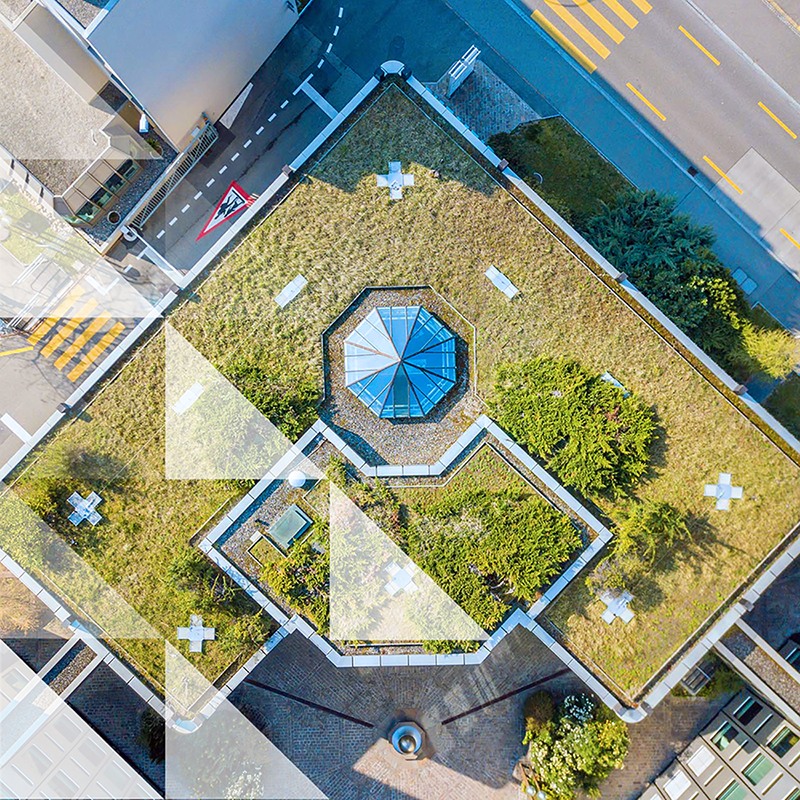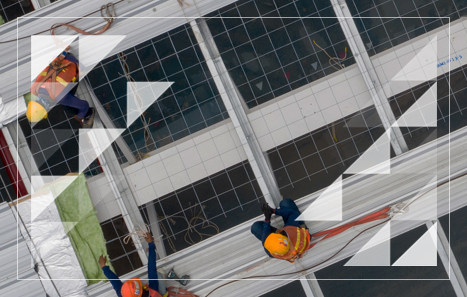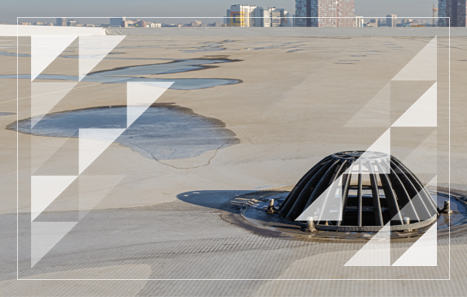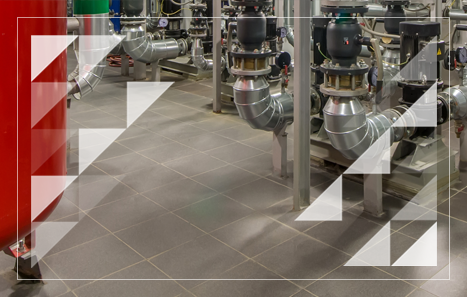Education
Energy, Facilities, and Sustainability Solutions for the Education Industry
Sustainability is a top priority for many education institutions, so much so that in 2019, more than 7,000 colleges, universities, technical schools, and community colleges declared a climate emergency to the United Nations.1 To achieve their goal of carbon neutrality, institutions must modernize an infrastructure that contains many historical buildings while balancing the perceptions of stakeholders such as students, faculty members, alumni, and donors.
With their dual responsibilities of generating research and educating future leaders, higher education institutions are well-poised to play a key role in advancing sustainability initiatives.
For K-12, sustainability can be surprisingly affordable and create opportunities in the long term to reduce operating costs and create resiliency for those facilities.
Core Challenges
These are the unique challenges that face the Education industry.

Funding
Higher education institutions are typically funded by a combination of government allocations, research grants, and private donations. Securing funding is a never-ending cycle, and the amount that institutions can allocate for sustainability initiatives may fluctuate. Facilities budgets are lean but also hold opportunities that can go unnoticed when managed reactively.

Aging Infrastructure
Many higher education institutions are known for their historic campuses, and while beautiful, these buildings were generally not designed with sustainability and efficiency in mind. To meet today’s standards, the buildings must be renovated and retrofitted. In addition to being more sustainable, higher-performing facilities play a critical role in attracting and retaining students and faculty.

Student Enrollment
From recruitment to retention, maintaining full enrollment is a top priority for higher education institutions, but it’s becoming more difficult to appeal to students. Competition is higher than ever, especially as online options increase and more potential students are opting for online certificates, apprenticeships, or on-the-job training programs. Gen Z, more than any other, is willing to vote with their dollars and has sustainability and the environment top of mind.

Faculty Retention
One way to attract students is to offer them access to the top professors and instructors in a given field, so attracting and retaining the best faculty is critical. Tenure is an appealing option for faculty but it is becoming more elusive, as more institutions are switching to part-time, adjunct faculty members. While this option offers flexibility and cost-savings to institutions, it may result in staffing shortages or faculty resignations.

Affordability
Student debt is at an all-time, and for many prospective students, the costs of attending a college or university are simply too high. Institutions must keep this issue top of mind and deliver tuition options that are top-quality while still affordable. While tuition increases are sometimes necessary, institutions should use this option sparingly.

Public Opinion
From the cost of education to the curriculum that is taught, lawmakers on both sides of the aisle are very invested in what goes on in higher education institutions. Additionally, recent research suggests that only half of Americans believe colleges benefit the nation.2 Managing these stakeholder opinions and reinforcing the value of continuing education is an ongoing task.

Critical Considerations
These are the questions facing decision-makers in the Education industry, we are here to help answer them.
Are there opportunities for my educational institution to improve energy efficiency? How can HVAC, water management and electricity needs be streamlined to support more sustainable operations?
What can we do to modernize older buildings while preserving their history and character, and not eat through our facilities budgets? What can we learn from peers who have already achieved carbon neutrality?
What is my organization’s total environmental impact picture, including energy consumption, water usage, waste and carbon emissions? How can we prioritize our sustainability roadmap?
What is the future of renewable energy sources in our educational institution? What is the feasibility of transitioning partially or fully to renewable sources such as solar panels or electric vehicles?
How can we adjust our operations to better support our facilities management and energy procurement? Do we have the tools necessary to manage our resources and physical assets proactively?
How Mantis Helps
Mantis has been partnering with educational institutions for over a decade as these organizations have always sought opportunities to reduce operating costs, meet evolving customer demands, and find effective ways to better manage their energy and facilities.
An industry with severely constrained budgets requires a results-driven, and consultative partner that can help education institutions understand, benchmark, and manage their entire facility footprint both in terms of physical assets as well as energy use and sustainability planning and implementation.
Key Advantages
- Improved Environmental Impact
- Cost Savings
- Brand Reputation Enhancement
- Risk Management
- Enhanced Student Care and Safety
- Innovation and Research Opportunities
- Community Health and Social Impact
Case Studies
Learn more about how healthcare companies are transforming facility performance while making progress along their unique journey towards increased sustainability.
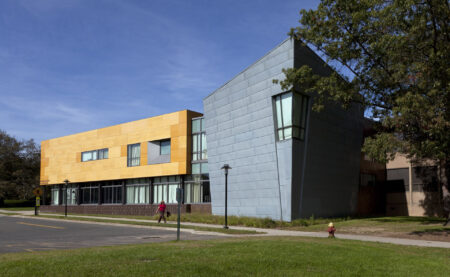 University of Hartford - To keep up with the modern expectations of educational facilities and support its mission to become a future-facing institution, the… Read more
University of Hartford - To keep up with the modern expectations of educational facilities and support its mission to become a future-facing institution, the… Read more Mitchell College - Through this sustainability project, the school was able to replace an old, inefficient system that was not only producing carbon… Read more
Mitchell College - Through this sustainability project, the school was able to replace an old, inefficient system that was not only producing carbon… Read more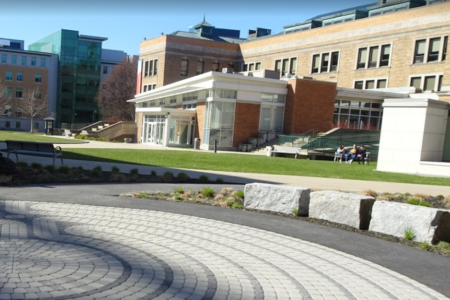 Simmons University - Our LED lighting team engineered this design/build project to feature new lighting, retrofitted lamps and fixtures with added occupancy controls.… Read more
Simmons University - Our LED lighting team engineered this design/build project to feature new lighting, retrofitted lamps and fixtures with added occupancy controls.… Read more
Curious about our approach?
Find out how we're defining "managed facility services" and what this means for better facility performance today.
Our Solutions
How to get started
Contact us to share your own facility management goals and talk strategy with our engineers
Do your research
Explore our solutions pages to learn more about ways we can help you achieve your goals




